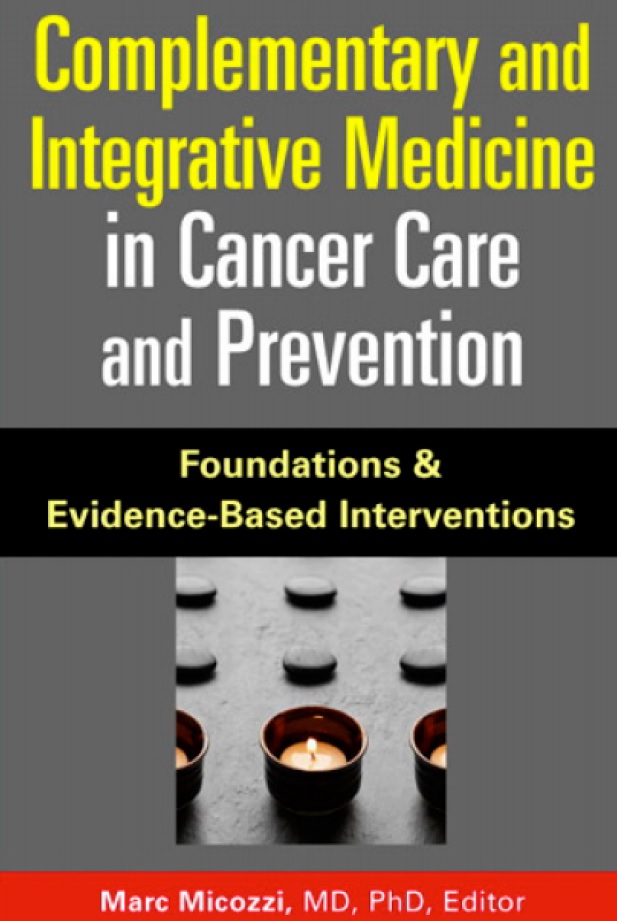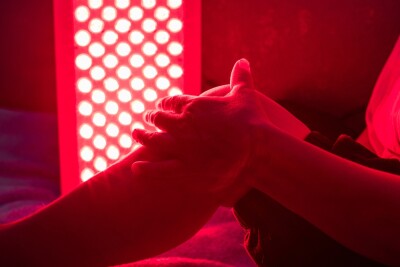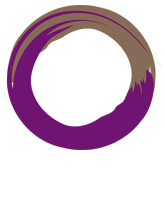Complementary and Integrative Medicine in Cancer Care and Prevention: Foundations & Evidence-Based Interventions
 Chapter 6: Expressive Therapies - Expressive therapies are a powerful tool for mind/body healing, and their use as a complementary therapy can greatly enrich the range of those therapies. The intention of this chapter is to explain what expressive therapies are and demonstrate their role in an integrative treatment team and clinical setting and out in the community. Practitioners who are interested in bringing these practices into their own work are encouraged to explore further training. Although this chapter cannot provide that training, it can point out some of its underlying premises, processes, and applications. Additional resources for further study are provided at the end of the chapter.
Chapter 6: Expressive Therapies - Expressive therapies are a powerful tool for mind/body healing, and their use as a complementary therapy can greatly enrich the range of those therapies. The intention of this chapter is to explain what expressive therapies are and demonstrate their role in an integrative treatment team and clinical setting and out in the community. Practitioners who are interested in bringing these practices into their own work are encouraged to explore further training. Although this chapter cannot provide that training, it can point out some of its underlying premises, processes, and applications. Additional resources for further study are provided at the end of the chapter.
Medicine has traditionally addressed issues of personal and community health but has also carried a 19th-century worldview of science and an image of the healer deity. However, a shift is happening in the way medicine is being viewed and practiced (Sperry, 1995). The popularity of Bill Moyer’s show Healing and the
Western high-technology scientific medicine, in its effort to separate reason and science from religion, has excluded subjective experience and the “irrational.” Expressive therapies bring this dimension back into the healing process. Understanding the meaning of the illness can bring acceptance, which relieves a good part of the suffering.
The art therapies use a symbolic language of image, symbol, metaphor, myth, body, and ritual. They can convey images of both individual and collective ills, like the individual existential crisis portrayed in Munch’s well-known figure of The Scream, or in the image of a whole society at war, as in Picasso’s Guernica. Rollo May, the eminent American existential-analytic psychologist, understood the artist to be a prophet or a mirror of society. Expressing the soul of a culture takes courage. Facing death and still creating takes a leap of faith. Creating in the face of the void or the blank page or one’s own mortality is a metaphor for the creative act in everyday life (
The expressive therapies are especially useful to us today because they provide a cost-effective complement to traditional medicine. The creative force awakened in the healing arts is a powerful medicine when used in the service of healing. With this force, people are better equipped to face life with energy, flexibility, improvisational skills, an enriched inner life, and stronger resources. Through arts, people can express their experience and meaning of having an illness, explore their own imagery and resources for healing, and decrease loneliness by sharing rhythmic and nonverbal connections with others (Goodill, 2005). In 1998, a survey showed that although 43% of Americans use alternative therapies, most do not inform their physicians of this use. To coordinate and maximize the different aspects of their patients’ health care, therefore, it is helpful for physicians to know about their patients’ use of complementary medical practices, such as expressive therapy (Eisenberg et al., 1998).




















SHARE